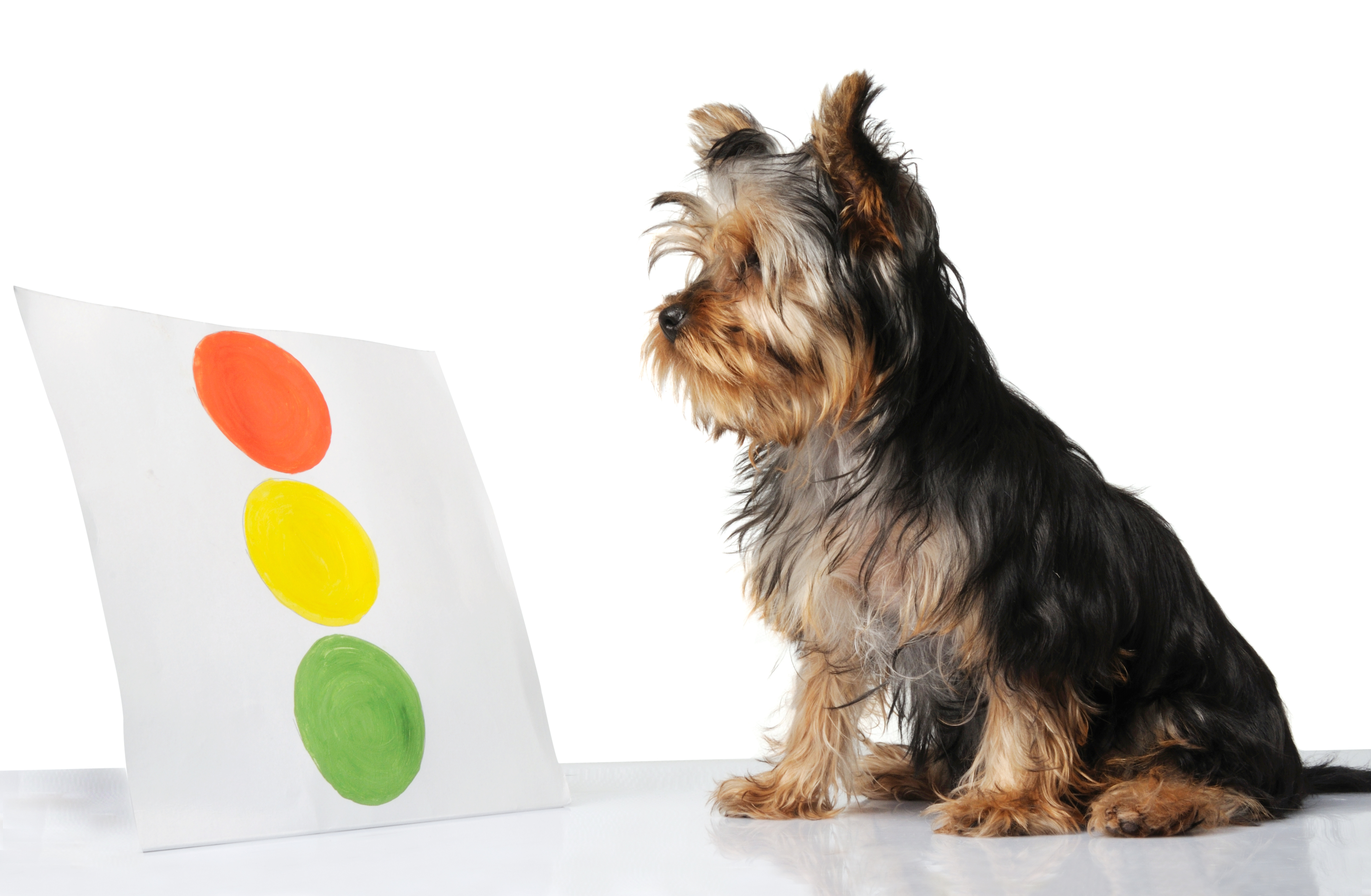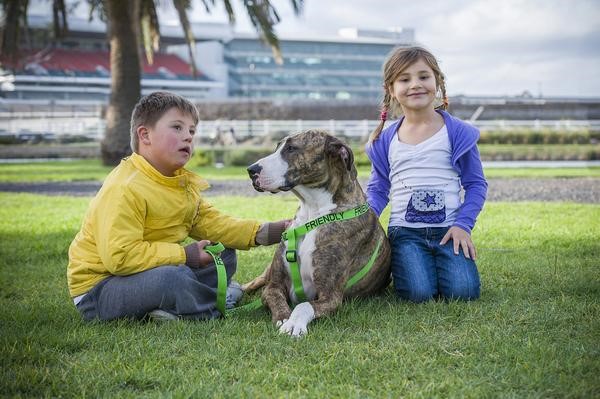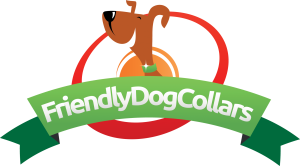
As dog lovers we are often so excited to see a dog, I often see “dog people” breaking all the known dog rules. Even hearing the “It’s ok, all dogs love me”. Here’s the thing though, not all dogs will. You don’t know that dog’s background, and it is up to us to educate ourselves in dog body language and have good dog boundaries.
As dog people we often raise dog children. Kids that are just as mesmerised by a dog as we are. Running straight up to a dog, often before we can stop them, this can startle even the friendliest of dogs. We should be educating our children to ensure that they don’t make this mistake. It’s just the same as the education we put in place regarding roads, car parks and even pools.
So, what can you do to educate your child? This is a great question, and there are so many things you can do, but today I’m going to talk about the traffic light system that is taking off across Australia and abroad. There are still a lot of rules to go with this, as not all owners will have their dogs wearing the system.
Friendly Dog Collars Australia were the first to really meet the market needs of having multiple traffic light collars/leads and harnesses. What do the colours mean?

Red Light:
Dog’s wearing red is a STOP! Representation. This dog is likely to be reactive towards people and/or dogs. These dogs are often working hard with a trainer to get better, but space is so important. If you see a dog wearing the Red collar/harness or lead you need to move away immediately. The more space you can give that dog the better. This is for your safety and the dog’s wellbeing. Be respectful, you will never understand the stress that an owner with a reactive dog goes through just to get their dog out the house. Educating you child that Red means stop and go away. There is no need to ask the owner to pat the dog, we know the answer will be no. So, move on and find another way to interact with a dog today.
Yellow/Orange Light:
This is the warning category. There are two different representations here:
Yellow: Yellow is a sign that dogs are nervous and need space. Nervous dogs can still bite. They are scared and when you are in a scared state it is easy to overreact. Teaching kids that seeing a dog wearing yellow means to keep away, a quiet wave to the puppy may be appropriate if the distance is suffice and the dog is looking relaxed. Again, there is no need to ask the owner permission, but if you do wave and the owner interacts with you, you could ask what other interactions would be suitable for this dog – remember all dogs are different. Having a treat to throw at the dog and then walk away might be an example that would be nice for a nervous dog. You are providing a good experience without approaching too close.
Orange: These dogs are likely to not like dogs. This means you may ask from a distance to interact with the dog. Notice I said interact not pat. You can interact with a dog without making contact. Contact isn’t just up to the owner… WHAT? That might seem like a crazy statement, but contact requires consent – of the DOG! We will talk more about that shortly.

Green Light:
Green light is a sign that the dog is friendly but is not permission to approach or touch. This, as I said before is up to the owner and the dog. If you see a dog wearing green you can use this as an opportunity to educate your child about consent – let’s face it, in todays world we know that we cannot teach consent enough. This is what is great about dogs. They are another being, having a dog or interacting with a dog can teach empathy and compassion, we are going to add consent to that list!
When you see a friendly dog the first step is to ask the adult you are with if it’s ok to go over to the owner. Let’s not ruin stranger awareness with its ok if they have a dog mentality. Next approach the owner and ask if it would be ok to say hello to the dog. If they say yes, great, now you ask the dog. Kneel or squat and say hello to the dog. If he approaches you can pat with 1 hand for just 2 secs. Help by counting with your child. Now stop, see what the dog does, this is the consent question. If the dog interacts with your child more, they can pat again, if the dog disengages he has had enough.
I highly recommend watching this video with your kids, they will love it
You can learn more about the traffic light system here: Friendly Dog Collars. If you think your dog would benefit from the system you can purchase them here: Purchase Now.
Dogs and children can get along, but its mutual. Remember to educate on your own pets too. Kids that practice inappropriate behaviour on their own dogs are much more likely to do the same.



